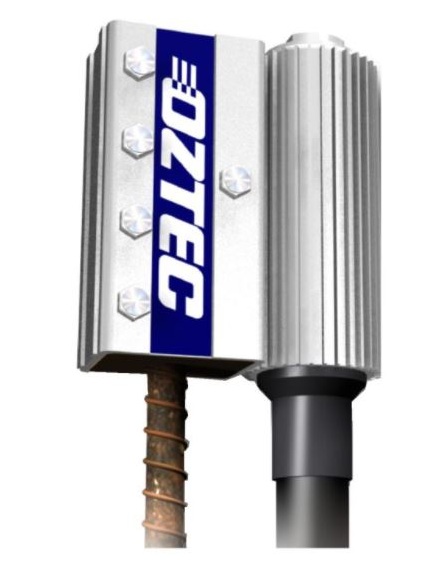A rebar shaker is a vibratory gadget appended to steel bars that transforms them into a vibratory instrument to merge the concrete.
It is intended to compact concrete in reinforced concrete components that can’t be reached effectively, for example, congested reinforced concrete elements and supported substantial brickwork dividers.
It is very easy to use a rebar shaker. The rebar shaker wipes out the requirement for needle vibrators in shallow and vigorously blocked rebar individuals. It dodges inclusion and pulls out of the inside vibrator, which might sprinkle concrete, make the building site muddled, and present harm to workers.
Furthermore, the gadget merges concrete faster than an inside vibrator and diminishes work cost since it needs less labor force to pour and reduced concrete.
Table of Contents
What is a Rebar Shaker?
A rebar shaker is intended to transform turn reinforcing bars into a vibrator. It is slipped over steel bars, permitted to vibrate and fluidify the substantial and solidify inside 5-7 seconds. Hence, there is no need to use an internal vibrator.

The rebar shaker is appropriate for conditions where the concrete can’t be reached and solidified effectively, for example, reinforced concrete block workmanship and congested space.

Generally, concrete in reinforced concrete masonry walls shifts to a plastic state immediately contrasted with other cases of concrete casting since concrete blocks absorb a portion of water in the concrete mixture.
Hence, the compaction work should be done soon before concrete reaches the plastic state. This can be done with the utilization of a rebar shaker. This mechanical device assists cut the time needed to embed a needle vibrator to the lower part of the reinforced masonry wall.
Now and then, table vibrators are connected to steel bars with reasonable fittings to merge concrete in intensely blocked concrete members. This idea has been proposed by ACI 309R-5. Nonetheless, involving outside vibrators as support shakers ought to have stayed away from since the vibrator can get harmed.

Significance of Rebar Shakers
Rebar shaker handles the issue of concrete combination in vigorously clogged and shallow individuals. Be that as it may, on account of heavily built-up concrete individuals, steel bar dividing doesn’t allow the addition of appropriate inner vibrator head size into concrete. To that end, a more modest yet less effective vibrator head ought to be utilized.
Additionally, vigorously clogged bars behave like dividers that hinder vibrations from the vibrator inside the divider to come to the formwork face. Essentially, assuming an outer vibrator is utilized, the concrete at the formwork face is solidified appropriately, and the steel enclosure’s rebar divider keeps vibration from arriving at the concrete inside. Joining a rebar shaker to the highest point of steel bars would transform them into vibrators.
Subsequently, vibrations are moved to the concrete through inserted steel bars. A rebar shaker prompts 360 unions from the focal point of the wall straight up to the formwork face. It additionally takes out the trouble of embedding inward vibrators into concrete between steel bars in intensely blocked built-up concrete components.

Uses of Rebar Shakers
- It is used where space is very congested such as column, shear wall, retaining wall, etc.
- Rcc block masonary wall.
Advantages of Rebar Shaker
- It is connected to the highest point of the steel bar easily without much effort.
- Need less labor force compared with a case of using an internal vibrator.
- Saves time expected for filling and topping off concrete square cells, cleaning works, and lost time that might happen because of injury from slips and falls.
- It eliminates labor errors such as pulling the vibrator head out of the concrete rapidly, bringing about unfortunate concrete combination and a powerless connection among concrete and steel bars.
- It sufficiently consolidates concrete in intensely clogged components and reinforced concrete block masonry, resulting in a good concrete-steel bar bond.
Disadvantages of Rebar Shaker
Rebar shakers may loosen and hit lateral ties because of excessive vibrations or inappropriate fastening of the transfer reinforcement.
